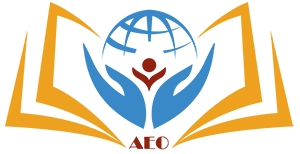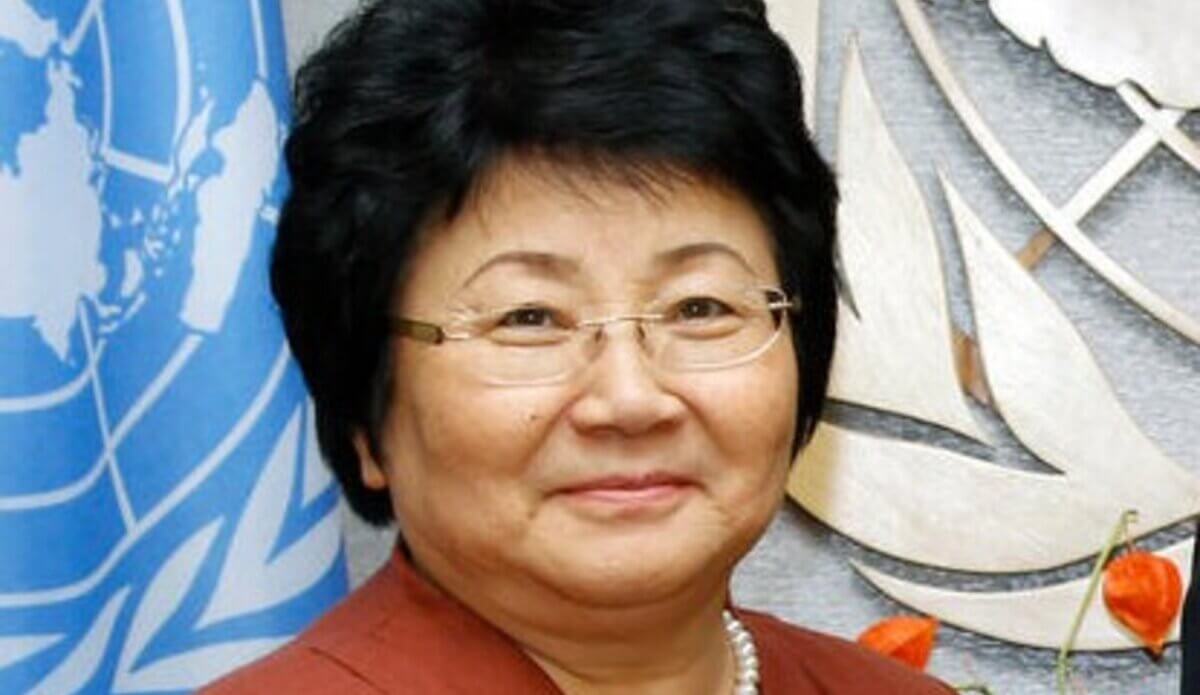Afghanistan Economic Outlook, is a creative initiative of the Afghanistan Economic and Legal Studies Organization (AELSO) which reflects most important & the latest economic events that happened during a month in Afghanistan.
By reading this economic newsletter, that has designed in three languages (Pashto, Dari & English), you can get a wider overview of Afghanistan’s economic situation.
$50M Oil Refinery Inaugurated in Balkh to Provide Over 1,000 Jobs
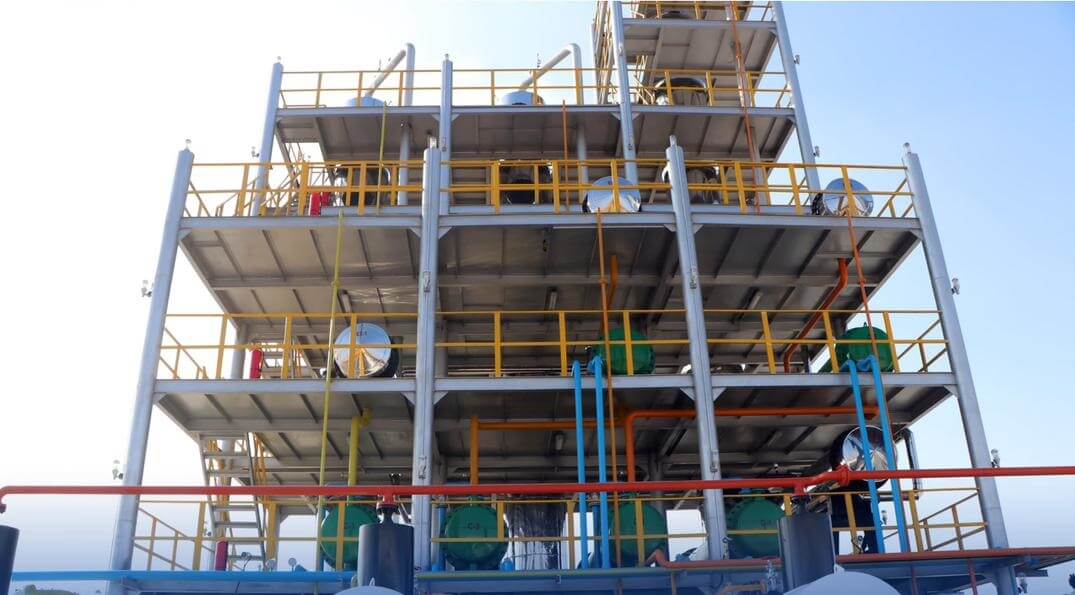 An oil refinery with the capacity to process 600 tons of crude oil in 24 hours has started operations in Balkh province, with an investment of $50 million.
An oil refinery with the capacity to process 600 tons of crude oil in 24 hours has started operations in Balkh province, with an investment of $50 million.
This refinery, inaugurated in the presence of local officials, investors, and businessmen, has created job opportunities for over 1,000 people.
Suhrab Samadi, the head of the oil refinery, said during the inauguration ceremony:
“This company was built on a 50,000 square meter area with an initial cost of $15 million and a total investment of $50 million over seven months.”
Mohammad Taher Roshanzada, the Deputy Head of the Afghanistan Chamber of Industries and Mines, stated: “They need the de facto government to exempt them from taxes for at least two or three years so they can stand on their own feet.”
Meanwhile, some workers have called the inauguration of this refinery and the creation of job opportunities beneficial, urging other investors to invest in the country to create employment opportunities.
“They should invest here [inside the country] so that employment is generated, and our fellow citizens have access to jobs,” said Shah Mohammad, a worker.
This refinery has been built on a 50,000 square meter area. The refinery officials have also called on the interim government to provide them with additional resources.
Muttaqi's UAE Visit Focuses on Expanding Economic and Trade Ties
 In a bilateral meeting between delegations from the de facto government of Afghanistan and the United Arab Emirates (UAE), various economic and trade issues were discussed.
In a bilateral meeting between delegations from the de facto government of Afghanistan and the United Arab Emirates (UAE), various economic and trade issues were discussed.
The Ministry of Foreign Affairs stated that during the meeting, the UAE’s Minister of Economy expressed his interest in expanding trade relations with Afghanistan.
Additionally, the meeting covered topics such as mechanization of agriculture, marketing of agricultural products, creating trade facilitation measures, enhancing trade and transit between the two countries, and sending Afghan workers to the UAE.
According to Zia Ahmad Takal, Head of Public Relations at the Ministry of Foreign Affairs, both sides agreed to assign technical teams to implement these plans to strengthen economic relations between the two nations effectively.
Takal said: “In this meeting, comprehensive and detailed discussions were held regarding the extraction of minerals, mechanization of agriculture, trade facilitation, development of trade and transit between the two countries, dispatch of Afghan workers to the UAE, normalization of banking relations, and coordination between the chambers of commerce of both countries.”
Abdul Nasir Rashtia, an economic analyst, said: “If we can attract investments from Arab countries, this will undoubtedly help us in terms of job creation, economic growth, and the development of the agricultural sector.”
Shakir Yaqoubi, another economic analyst, said: “Given Afghanistan’s financial crisis, this visit could play a crucial role in attracting financial resources for strengthening infrastructure projects, provided that we have a proper plan to secure international support.”
Afghanistan Exports $29.5M Worth of Saffron in 9 Months
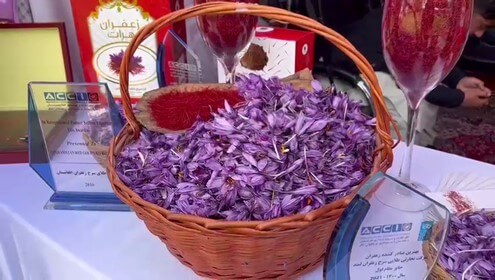 The Ministry of Industry and Commerce reports that over 42,200 kilograms of Afghan saffron, valued at $29.588 million, were exported to various countries during the first nine months of 1403 (solar year).
The Ministry of Industry and Commerce reports that over 42,200 kilograms of Afghan saffron, valued at $29.588 million, were exported to various countries during the first nine months of 1403 (solar year).
Abdul Salam Jawad, spokesperson for the ministry, emphasized that most Afghan saffron exports were made to India, Spain, Saudi Arabia, the United Arab Emirates, France, Australia, and Turkey.
“In the first nine months of (1403 solar year), Afghanistan exported 42,200 kilograms of saffron, worth approximately $29.588 million, to countries including India, Spain, Saudi Arabia, the UAE, France, Australia, Turkey, and others,” the spokesperson said.
Afghan saffron, recognized as one of the country’s most valuable agricultural products, enjoys global acclaim.
However, exporters of this product report challenges, including a lack of standardized markets, restrictions on money transfers, and inactive air corridors.
Qudratullah Rehmati, deputy head of the Afghanistan Saffron Union, called for immediate action by the de facto government to address these issues, stating: “We urge the government to take swift steps to resolve these challenges so that we can better and more quickly offer saffron to global markets.”
Somaya Siddiqi, another saffron exporter, highlighted the challenges, saying: “Our main issues include banking problems, limited air flights, and visa challenges, especially for countries like India, which is one of Afghanistan’s key saffron buyers.”
Meanwhile, the Ministry of Agriculture, Irrigation, and Livestock has announced an increase in saffron production this year.
According to Misbahuddin Mustaeen, the ministry’s spokesperson, approximately 40 metric tons of saffron were harvested from 9,500 hectares of land in 1403.
He added: “Saffron cultivation has expanded to 30 provinces, and this crop has been introduced as an alternative to poppy cultivation.”
Saffron has been promoted by the Ministry of Agriculture, Irrigation, and Livestock as a replacement for poppy cultivation in Afghanistan. According to some experts, if Afghan saffron farmers are supported, the country can generate significant revenue from selling saffron in global markets.
Breshna: Thermal Power Plants Active in Some Afghan Provinces
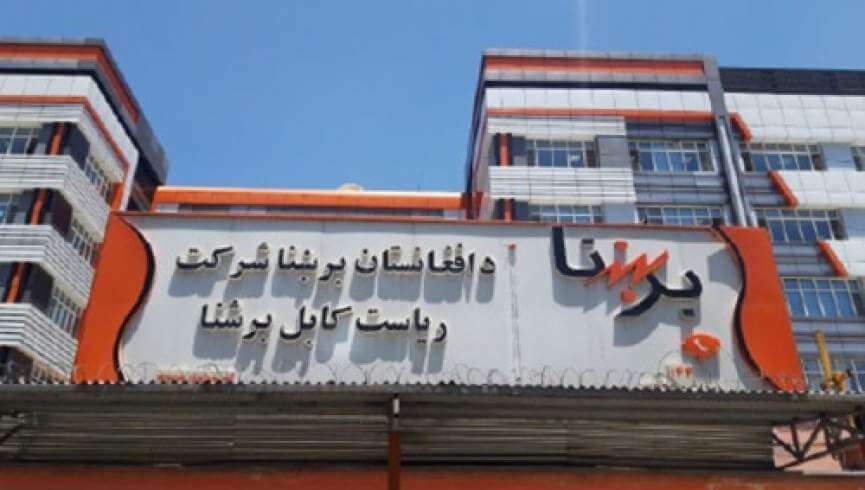 Hekmatullah Maiwandi, the spokesperson for the Breshna Company, has stated that thermal power generation plants are currently operational in the provinces of Kabul, Farah, Zabul, and Paktika.
Hekmatullah Maiwandi, the spokesperson for the Breshna Company, has stated that thermal power generation plants are currently operational in the provinces of Kabul, Farah, Zabul, and Paktika.
Maiwandi told media that the thermal power plant in the capital has been able to meet part of the energy demand.
Hekmatullah Maiwandi also said, “In Afghanistan, some provinces have thermal power, including Zabul, Kandahar, Farah, Paktika, and other provinces where the grid has not been extended, and thermal power is utilized.”
The shortage of electricity in the country remains a fundamental challenge that has persisted for years, affecting both governments and the people of Afghanistan. Meanwhile, Breshna Company has assured us that it is working to meet the country’s energy needs by utilizing various power generation sources.
According to some experts, Afghanistan possesses significant potential in energy production, and if action is taken in this regard, the country could achieve self-sufficiency in electricity production.
“The government needs to address the electricity crisis and learn from the mistakes of previous administrations. If they use gas and coal and establish factories within the country, we will have electricity,” said Ismail Zadran, an economic affairs expert.
“Today, we use natural resources such as coal, gas, solar energy, and crude oil to generate thermal power, which can help Afghanistan in electricity production,” said Qutbuddin Yaqoobi another economic affairs expert.
According to the Ministry of Energy and Water, Afghanistan has the capacity to generate 23,000 megawatts of electricity from water resources, 67,000 megawatts from wind resources, 222,000 megawatts from solar resources, and 6,000 megawatts from thermal resources.
Afghanistan's Trade Volume Reaches $12.4 Billion in 2024
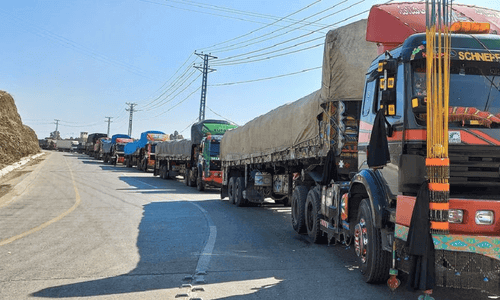 The Ministry of Industry and Commerce has reported that Afghanistan conducted trade transactions worth $12.422 billion with various countries in 2024.
The Ministry of Industry and Commerce has reported that Afghanistan conducted trade transactions worth $12.422 billion with various countries in 2024.
The ministry stated that Afghanistan’s exports during this period amounted to $1.803 billion, which represents a 4% decrease compared to 2023. The total value of imports was reported to be $10.619 billion.
According to the spokesperson for the ministry, the country’s imports in 2024 increased by 38% compared to the previous year.
He further said: “Afghanistan’s total trade in 2024 reached $12.422 billion. Of this, exports accounted for $1.803 billion, while imports were approximately $10.619 billion.”
He also mentioned that Afghanistan’s exports to China and Pakistan declined last year; however, as a result of efforts by the Ministry of Industry and Commerce, trade volumes with Iran, the United Arab Emirates, Kazakhstan, and Uzbekistan have doubled.
The ministry spokesperson said: “Our exports to Pakistan and China decreased this year compared to the previous year, but they increased with Turkey and India. Most notably, exports to four neighboring and Arab countries—Iran, Kazakhstan, Uzbekistan, and the UAE—have doubled.”
Representatives of the private sector emphasize that increasing Afghanistan’s exports globally depends on introducing more facilities, including establishing packaging factories and providing visas for Afghan traders.
Khairuddin Mayel, Deputy Head of the Afghanistan Chamber of Commerce and Investment, stated: “Facilitating visa and travel conditions for our traders in other countries will enable them to find markets for Afghan products, agricultural goods, and overall exports globally.”
Wasim Safi, head of the Agricultural and Livestock Chamber, said: “To access international markets with high standards, we need to focus on packaging and standardization efforts for our products.”
The Ministry of Industry and Commerce also highlighted that after the political changes in the country, Afghanistan’s annual exports to regional countries were initially around $850 million. However, due to the efforts, this figure has now reached around $2 billion annually.
Kandahar Inaugurates $3M Poultry Feed Factory
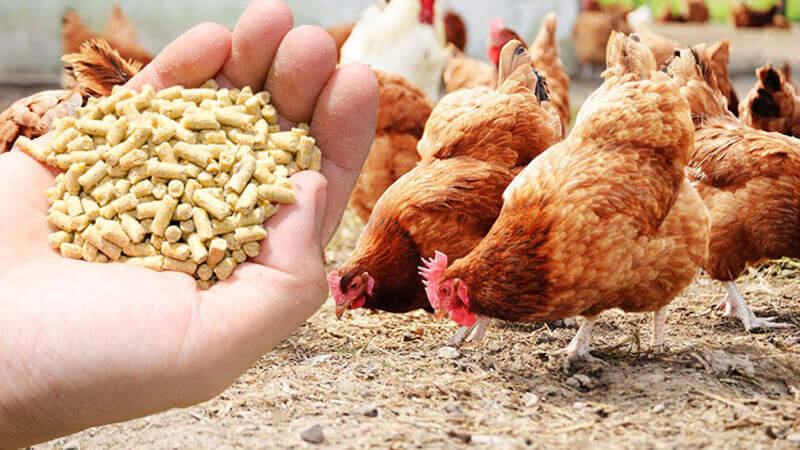 A poultry feed production factory has been inaugurated in Kandahar at a cost of $3 million.
A poultry feed production factory has been inaugurated in Kandahar at a cost of $3 million.
Sherbaz Kaminzada, head of the Kandahar Chamber of Industries and Mines, stated at the opening ceremony of this factory that by the end of the current solar year, the country’s need for chicken meat and feed will be fully met domestically.
He added that another oil production factory, with an investment of 400,000 US dollars, has also started operations in this province.
“Afghanistan has achieved self-sufficiency in terms of animal feed and chicken meat. Previously, we had imports worth 1 million dollars, but this year, that figure will reach zero,” Kaminzada said.
Mohammad Salim Karimi, the official in charge of the production factory, said: “This factory was built with an investment of 3 million dollars over a period of one and a half years and has the capacity to produce 25 tons of feed per hour.”
This factory has created job opportunities for dozens of people. Workers at the factory urged other investors to invest within the country.
Mohammad Eshaq, one of the workers, said: “Such investments are very important. If investments increase, youth migration to foreign countries will decrease.”
Matiullah, another worker, added: “These kinds of investments are economically significant for the country and especially for Kandahar because they create job opportunities and save people from unemployment and poverty.”
“I am happy that a job opportunity has been provided for me here,” said Mohammad Naeem, another worker.
According to the Kandahar Chamber of Industries and Mines, factories for producing medicine, food products, construction materials, and textiles are currently under construction in this province and are expected to be completed within the next two years.
Saffron Production Rises in Afghanistan
 The Ministry of Agriculture, Irrigation, and Livestock stated that saffron production has increased this year compared to the previous year.
The Ministry of Agriculture, Irrigation, and Livestock stated that saffron production has increased this year compared to the previous year.
Misbahuddin Mustaeen, spokesperson for the ministry, attributed this increase to favorable rainfall, the use of new cultivation and harvesting methods, and the distribution of improved saffron bulbs to farmers.
“A total of 40 metric tons of saffron have been collected in the country. Herat province leads in production, accounting for 90% of the total saffron produced nationwide,” he added.
The Chamber of Commerce and Investment has called for greater facilitation for saffron farmers to develop and boost saffron cultivation and production.
Khan Jan Alokozai, a member of the chamber’s board of directors, said: “There have been some advancements in this area, which is promising. However, farmers need more support. This support should come from both international organizations and the de facto government”
Mohammad Nabi Afghan, an economic expert, highlighted the challenges in saffron exports and said: “In the past, organizations like USAID and global institutions supported farmers and orchard owners. This support included the transportation of products via cargo, air, or land. Unfortunately, such support no longer exists.”
Meanwhile, the World Food Programme (WFP), in its latest report, announced that it is supporting Afghan saffron farmers by providing seeds, necessary expertise, and assistance in cultivation and processing.
US Extends Afghanistan's 'National Emergency' Status
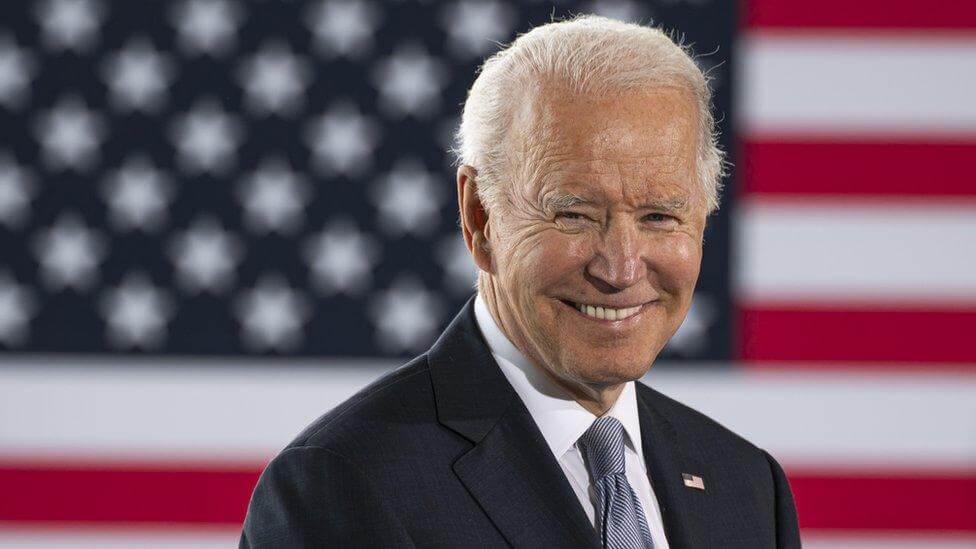 Joe Biden, the president of the United States, has extended the national emergency status of Afghanistan to prevent the country’s economic collapse.
Joe Biden, the president of the United States, has extended the national emergency status of Afghanistan to prevent the country’s economic collapse.
This status is based on an order that transferred part of Afghanistan’s $7 billion frozen assets to a trust fund in Switzerland.
The White House stated that this order will remain in effect even after February 11, 2025, due to the humanitarian crisis and the risk of economic collapse in Afghanistan.
The White House statement reads: “The widespread humanitarian crisis in Afghanistan including the urgent needs of the people of Afghanistan for food security, livelihoods support, water, sanitation, health, hygiene, and shelter and settlement assistance, among other basic human needs — and the potential for a deepening economic collapse in Afghanistan continue to pose an unusual and extraordinary threat to the national security and foreign policy of the United States.”
“Biden’s statement essentially confirms the continuation of Afghanistan’s state of emergency. This means that in addition to Afghanistan’s assets being frozen, part of these assets remain in the US and another part in Switzerland, both under US supervision,” said Sayed Masood, an economic analyst.
Meanwhile, the Ministry of Economy has called on the international community to release all frozen assets and return them to Afghanistan’s central bank.
Abdul Latif Nazari, the deputy minister of economy, stated: “Afghanistan’s frozen funds must be released. These assets belong to the people of Afghanistan, and any barriers or restrictions to their release contradict international law.”
“The higher the foreign reserves and monetary backing of a country, the greater the value of its currency. Since Afghanistan’s assets are frozen, major transactions and economic stability are facing challenges,” said Mir Shakir Yaqoobi, an economic analyst.
It is worth mentioning that after the Taliban came to power on August 15, 2021, around $7 billion of Afghanistan’s assets were frozen by the US, while over $2 billion were frozen by European countries.
Ministry of Economy Calls on UN to Focus Aid on Development Projects
The acting head of the Ministry of Economy has called on the United Nations to focus its 2025 aid on development projects in Afghanistan.
Abdul Rahman Habib, the spokesperson for the Ministry of Economy, told TOLOnews that Din Mohammad Hanif, the acting minister of the ministry, and Roza Otunbayeva, the head of UNAMA, discussed the effective and transparent implementation of humanitarian aid in Afghanistan.
Several other UNAMA officials, including Indrika Ratwatte, the deputy head of the organization, also attended the meeting.
Regarding this meeting, Abdul Rahman Habib added: “The acting Minister of Economy emphasized that this year, international organizations should focus their efforts on implementing development projects to address the livelihood challenges of the people and reduce poverty and unemployment.”
Meanwhile, some experts believe that coordinating the humanitarian aid of international relief organizations with the de facto government is crucial for better implementation of projects. They see utilizing this aid for developmental and job-creation programs as highly valuable.
Abdul Jabbar Safi, head of the Kabul Industrialists Association, told media: “As requested by the Ministry of Economy, this aid should be used to create jobs for the people.”
Abdul Ghaffar Nazami, an economic analyst, stated: “These organizations must provide the Afghan government with regular reports on their activities. It is the right of the Afghan people and government to know who these aids are being distributed to.”
Every year, with the arrival of winter, challenges such as poverty and unemployment worsen, increasing people’s reliance on humanitarian assistance.
Over 1 Billion Dollars Invested in Afghanistan’s Poultry Sector
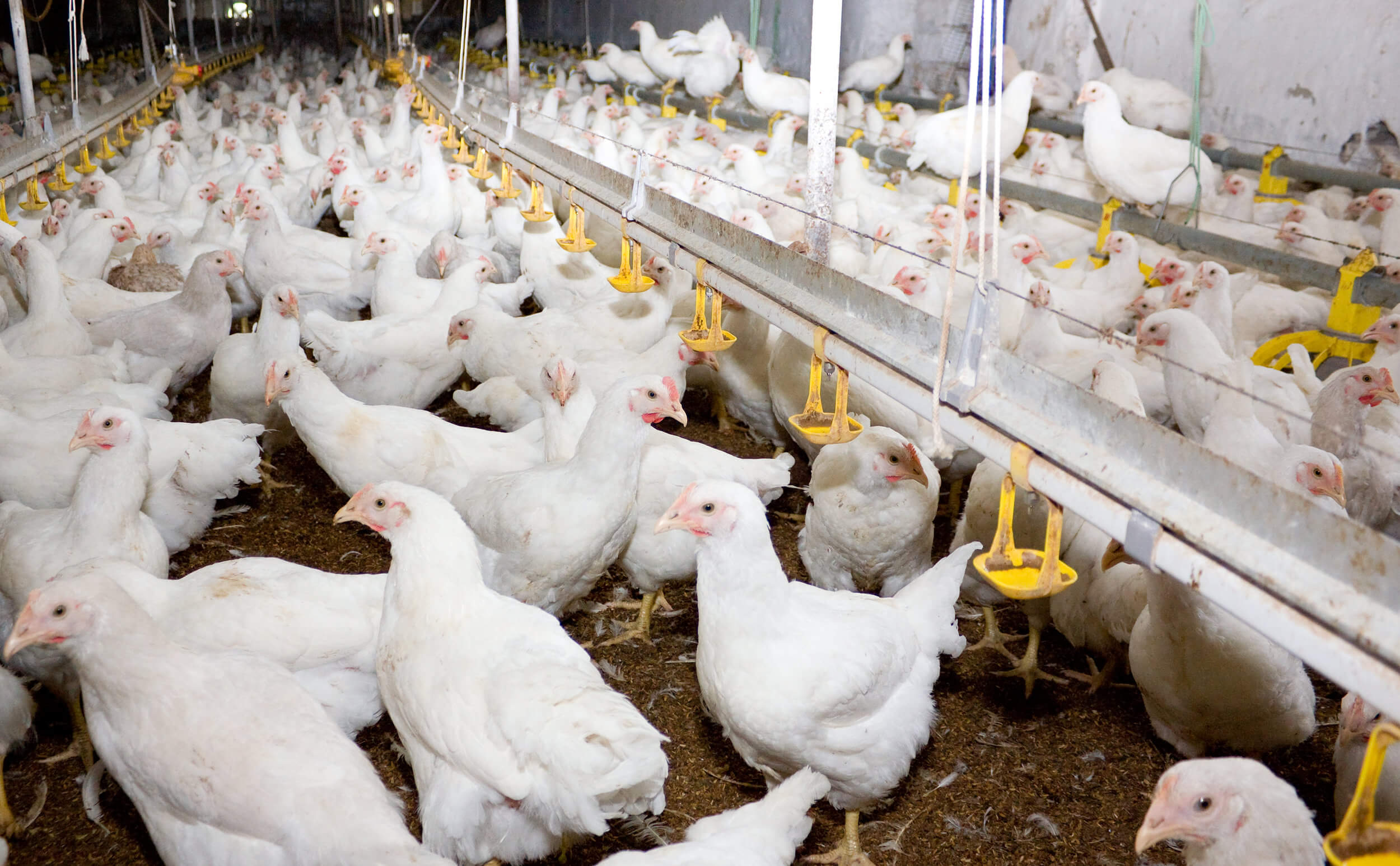 The Ministry of Agriculture, Irrigation, and Livestock reports that over one billion dollars have been invested in Afghanistan’s poultry sector by private enterprises.
The Ministry of Agriculture, Irrigation, and Livestock reports that over one billion dollars have been invested in Afghanistan’s poultry sector by private enterprises.
Misbahuddin Mustaeen, the spokesperson for the ministry, stated that currently there are more than 15,000 poultry farms across Afghanistan.
“So far, approximately 15,000 poultry farms are operational nationwide, with a combined value exceeding one billion dollars. These farms are contributing to the self-sufficiency of the poultry sector and its development,” Mustaeen said.
However, some poultry farmers have called for more support and facilitation from the Ministry of Agriculture, Irrigation, and Livestock.
Hakim Jan Ibrahimkhil, the owner of a farm, said: “The farms operate traditionally, and we have 15,000 chickens, producing up to 12,000 eggs daily. We request support because currently, low-quality eggs are being imported from neighboring countries, which is causing significant losses to poultry farmers. We urge the authorities to block such imports.”
Fereydoun, a worker at a poultry farm, said: “I’ve been working here for about six or seven years. This place is our home, my migration is here, and thankfully, my livelihood is also secured here.”
The Chamber of Agriculture and Livestock believes that if the poultry sector receives adequate support, Afghanistan can achieve self-sufficiency in this field.
Mirwais Haji Zada, the Deputy of the Chamber of Agriculture and Livestock, stated: “If more land is distributed and on long-term leases to other investors, they will also be ready and willing to invest in the poultry sector, especially in raising breeder chickens.”
Poultry farming in Afghanistan is one of the main sources of meat and eggs, and despite its growth in recent years, it still faces various challenges.
Recent Afghanistan Economic Outlook
Join to our Newsletter
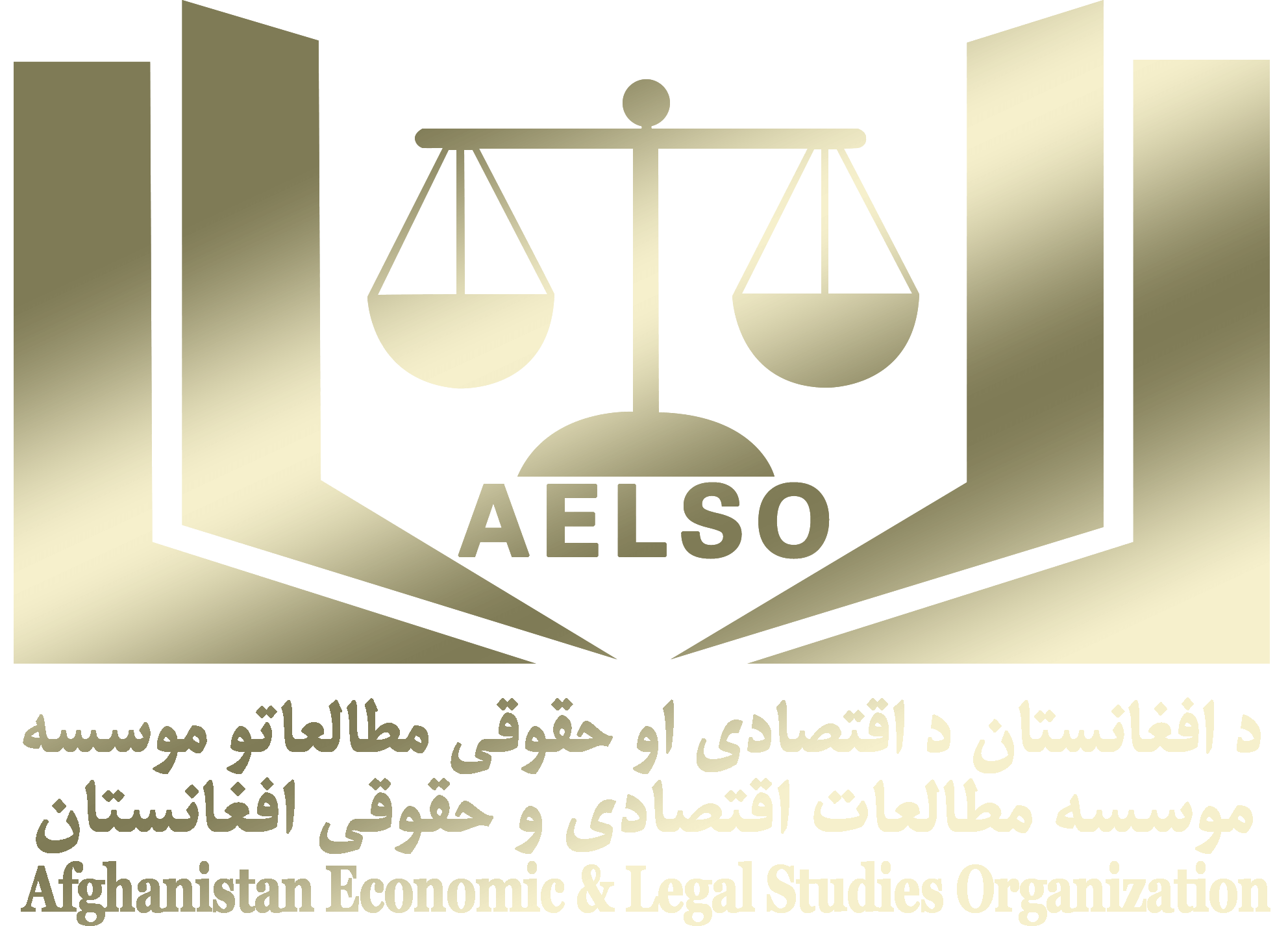
Advancing the Ideas for a Peaceful and Prosperous Afghanistan
© 2025 Copyright Afghanistan Economic & Legal Studies Organization.
